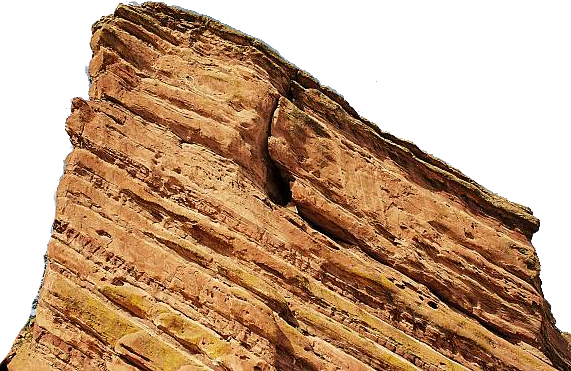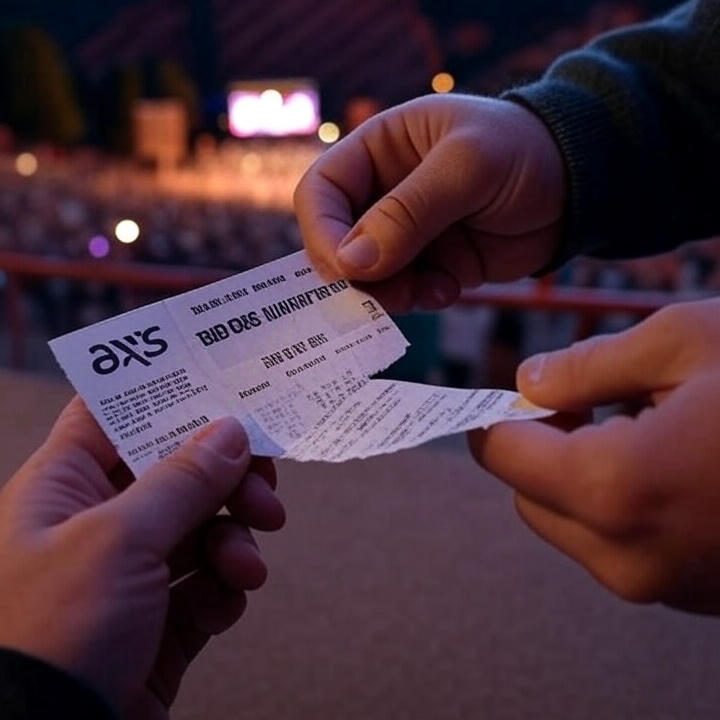Country Music’s Go-To Hit-Singer
8th October 2024Seven Lions at the Art Institute
10th October 2024ShowShape is a tool designed to manage more complex or improbable shape changes by using hint points in both starting and ending shapes as points that correspond.
The PSTHs in the left column represent responses to an original slit-viewing condition with best, medium and worst shape, respectively. While those in the right column represent responses to random slit-viewing conditions.
Create a shape
Drawing tools allow you to easily form shapes. Plus, you can add color and effects for added flair!
To modify the dimensions of a live shape, select it, and click one of its size or positioning handles at an endpoint. Alternatively, drag an existing corner handle to its new position.
If you want to animate changes, place a keyframe at frame 1 and one at frame 30 on the Timeline, moving shapes in frame 30 into different locations than they were in frame 1. Finally, transition between them by either dragging your playhead along or pressing Enter.
Use the Transform panel to modify live shapes. You can, for instance, set a radius on its corners of a rectangle; restrict width and height proportions; change angle of an ellipse; or use pie widget to present as pie chart representation of that ellipse.
Display a shape
AutoConnect feature displays green outlines around shapes that are connected. You can connect shapes by pointing and dragging from one shape onto another or the connection point; or selecting different directions for all axes of each shape including XY, XZ and YZ planes.
Custom shape packs allow you to tailor diagrams specifically to the industry or project needs, increasing clarity and relevance. Upload and manage these packs via the More shapes menu; rearrange their list, toggle off Show shape name on board.
Shape Hint is an interactive feature of the Vivaldi Catalog designed to reveal the structure of live shapes such as antennae or arrays created using this library. This function displays antenna structures using filled regions using patches. To use a shape hint, select two keyframes from layers containing these two shapes that you wish to tween and use the Timeline playhead scrollbars to watch how their interpolations takes place over time.
Save a shape
Save shapes and their attributes to a shape catalog for later reference. All definitions and attribute data will be saved as files in your Model Folder under Shapes > Saved Shapes.
Each shape in the database is assigned a number that uniquely identifies it. With bboxresize, bboxcrop and bboxwarp you can change shape coordinates of an object without changing its spatial location in the database.
Shapes are organized hierarchically in groups, as shown on the left side of both the Shape catalog and Select shape dialog boxes. You may share this group structure so that user-created groups become system groups available to all other users within the shared model.
By clicking the Add an Attribute icon in either the Shape catalog or Select shape dialog box, you can quickly and easily add new attributes to a shape. You can change their name and type as well as delete them from selected or all shapes that have it.
Delete a shape
You have the ability to delete groups and shapes from the shape catalog, as well as moving or copying shapes between groups.
Select the shapes that you wish to delete from the shape list and press Delete Selected. Alternatively, you can temporarily hide them without having to delete them – simply press Show Shape On Map instead if they should reappear in your map view.
Modifying attribute names and types, renaming stencils and editing their descriptions or using arrows to move vertices and rotate polygons are also options available to you.
Select a group or sub-group on the left side of both the Shape catalog and Select shape dialog boxes, to be deleted by Tekla Structures when you delete a group from your model folder. However, some of its shapes may still remain visible if they are no longer used for items; to remove unneeded shapes from your model simply select them and click Delete with shapes.




